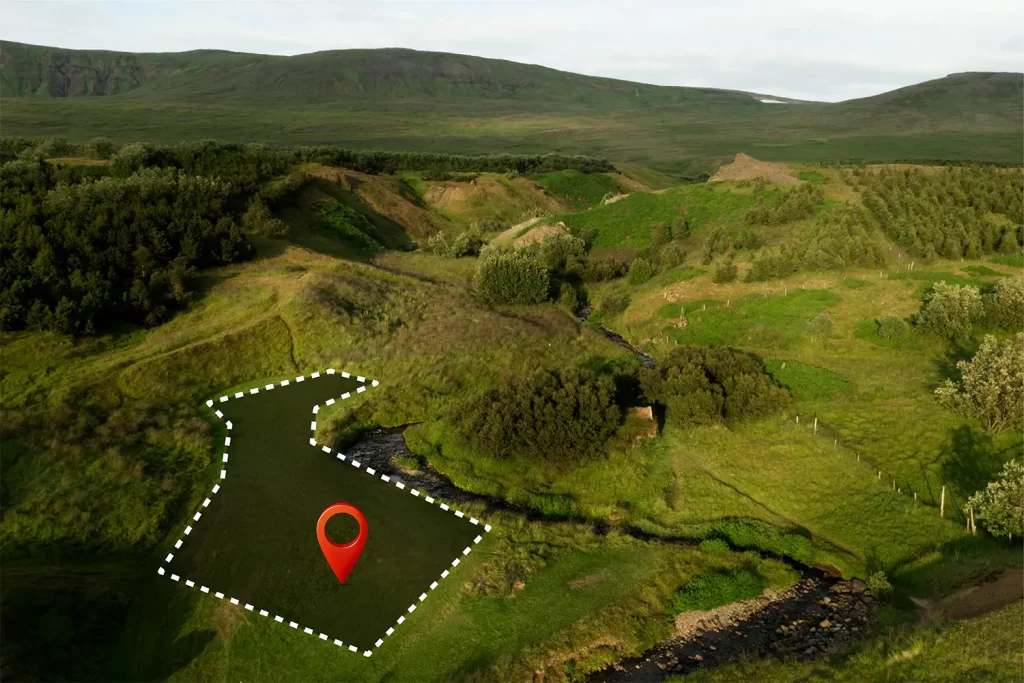Introduction
Global Positioning System (GPS) surveying techniques have revolutionized the field of land mapping, providing efficient and precise methods for collecting geospatial data. These techniques are essential for various applications, including land surveying, construction, and environmental monitoring. Let’s delve into the different GPS surveying techniques used by skilled professionals to ensure accurate and reliable land mapping.
Static GPS Surveying
Static GPS surveying involves stationary receivers simultaneously collecting data over an extended period. This method is known for its high precision and is commonly used for establishing control points and determining accurate coordinates for survey point.
Fast Static GPS Surveying
Fast static GPS surveying is a variation of static surveying that involves collecting GPS observations for a shorter duration. This technique is ideal for surveys that require high accuracy within a limited time frame.
Kinematic GPS Surveying
Kinematic GPS surveying entails collecting GPS data while the receiver is in motion. This method is suitable for real time data collection and is commonly used for mapping roads, highways, and other dynamic environments.
Stop and Go GPS Surveying
Stop and go GPS surveying involves collecting GPS data while the receiver is stationary at predetermined points. This technique is utilized for surveys that demand high accuracy but have limited access to the survey area.
These GPS surveying techniques are instrumental in providing precise geospatial data for a wide range of mapping and surveying applications. By leveraging advanced GPS technology and specialized hardware, skilled professionals can ensure the accuracy and efficiency of land mapping projects.
GPS surveying has significantly enhanced the speed and accuracy of data collection for land mapping and surveying activities. Whether it’s establishing control points, mapping land features, or supporting construction projects, the diverse range of GPS surveying techniques caters to the specific requirements of various applications.
Professionals can select the most suitable method for a given project, ensuring that the resulting geospatial data meets the highest standards of accuracy and reliability. These techniques continue to play a pivotal role in advancing the field of land mapping and geospatial data collection, contributing to the success of diverse projects and initiatives.







